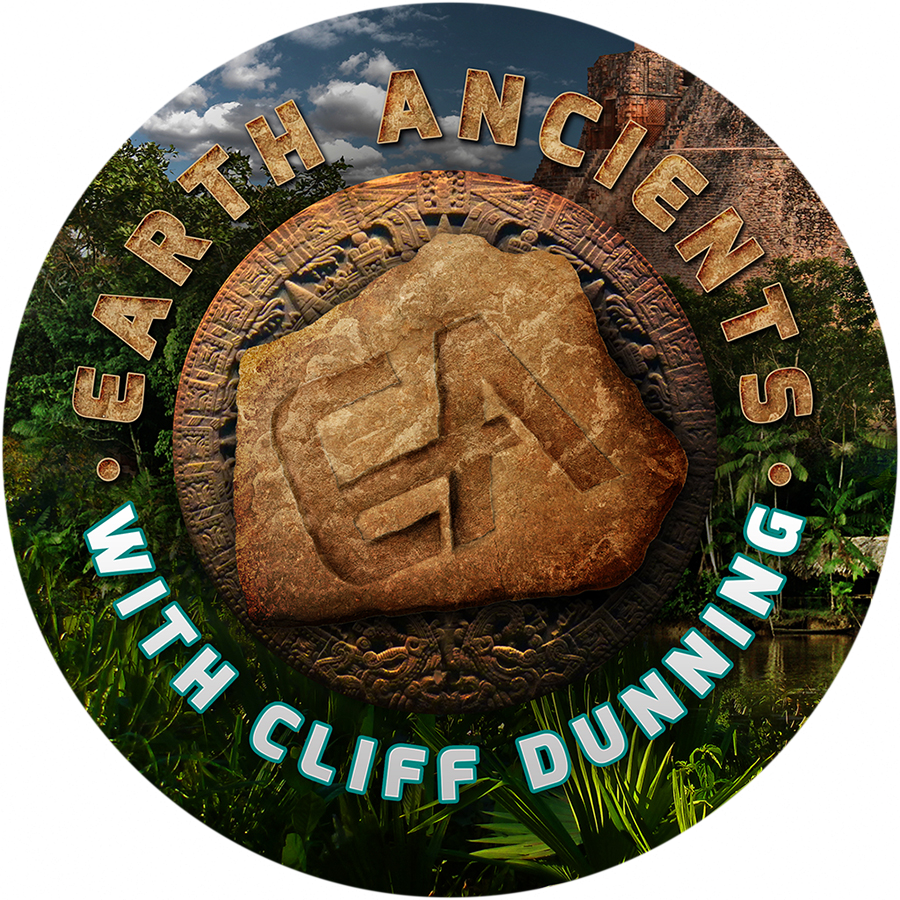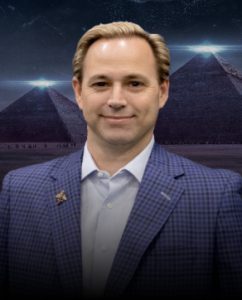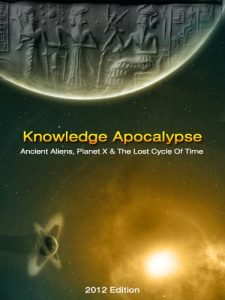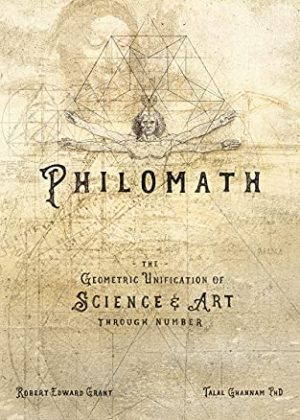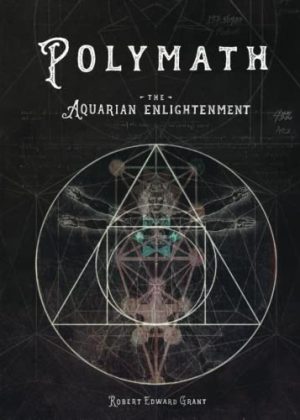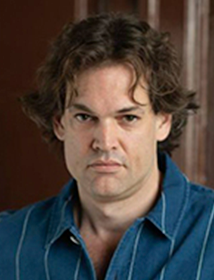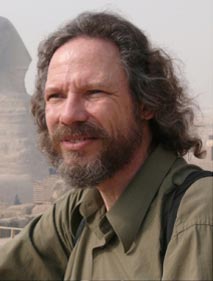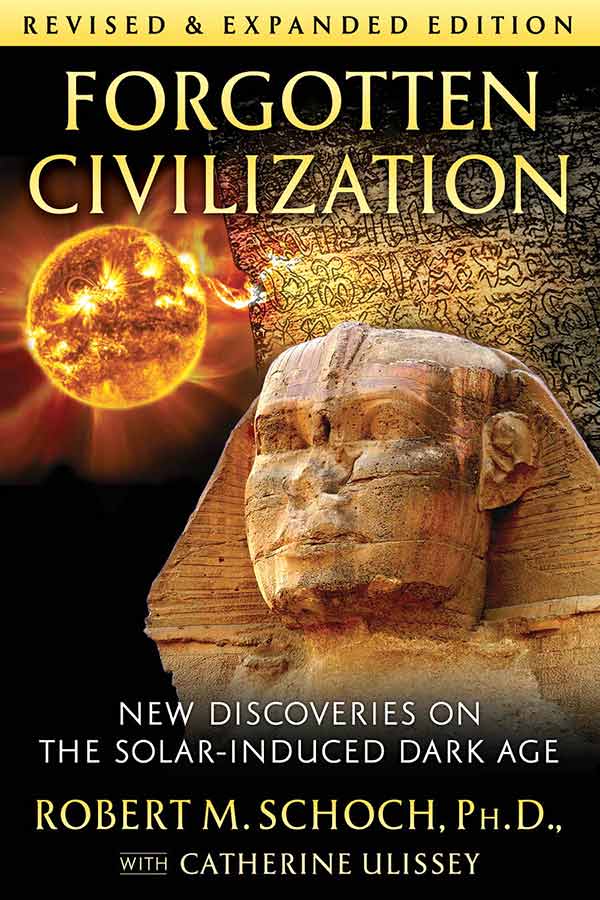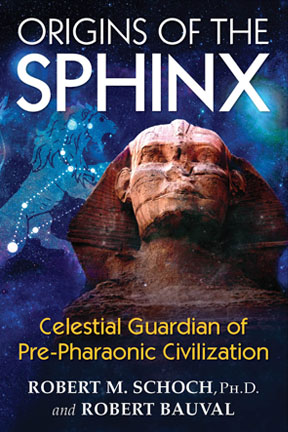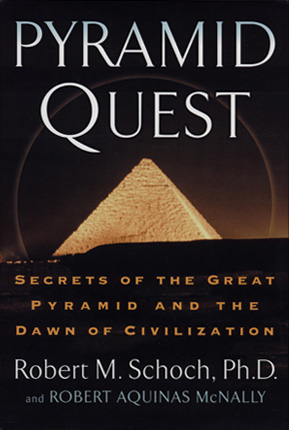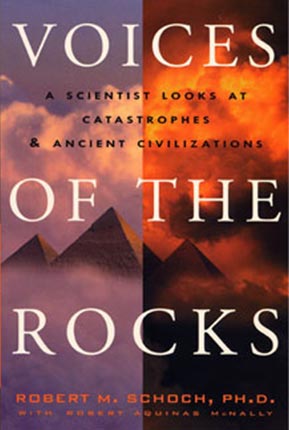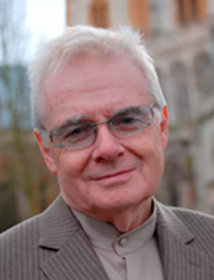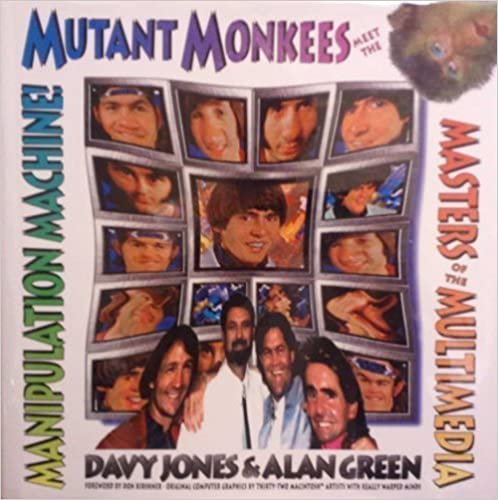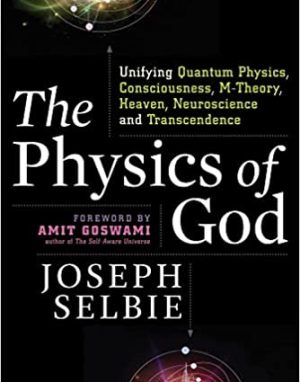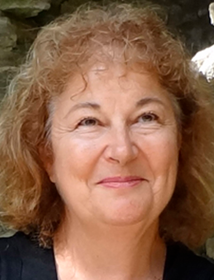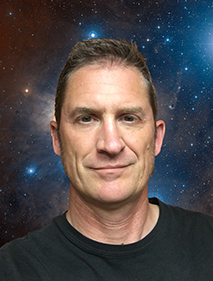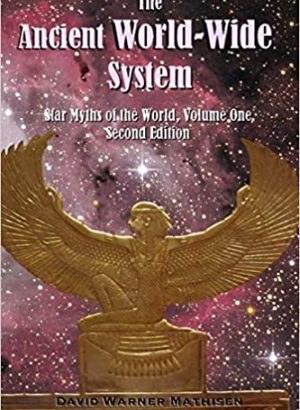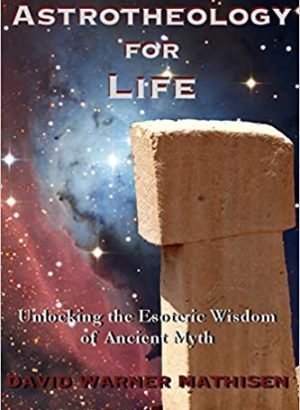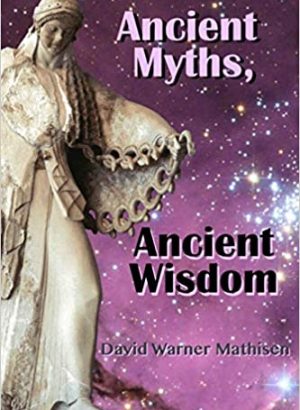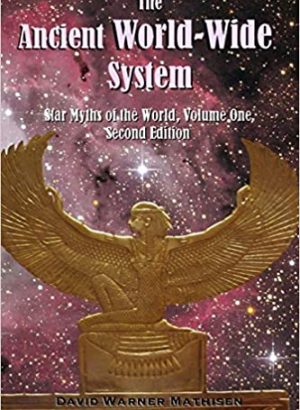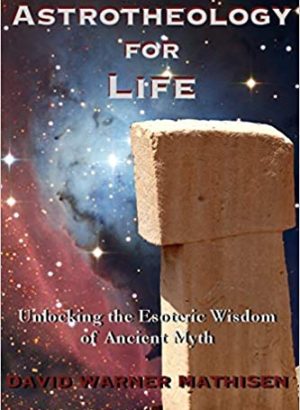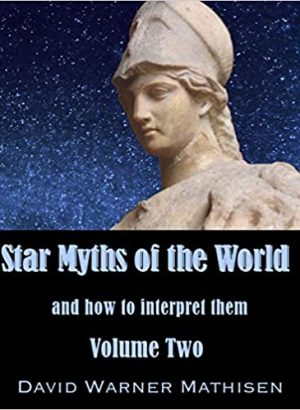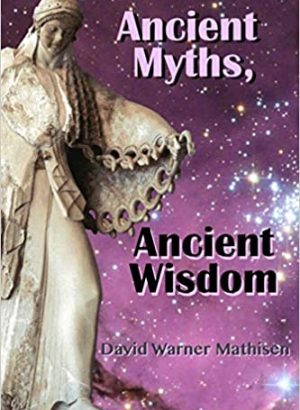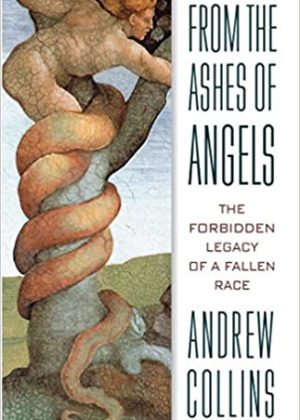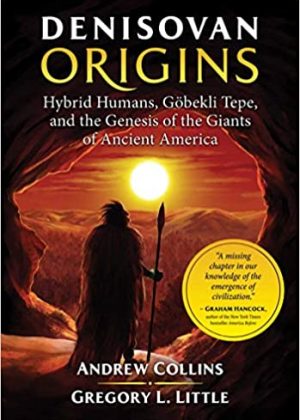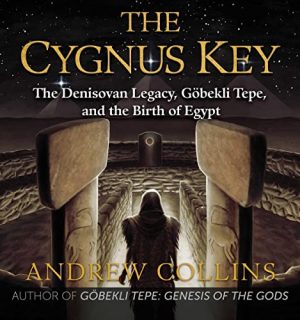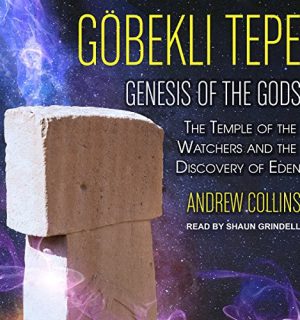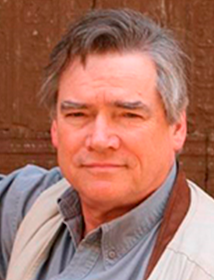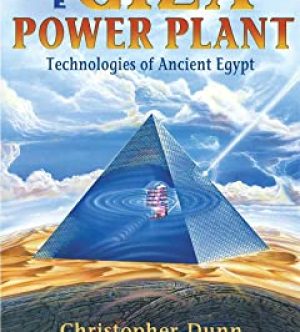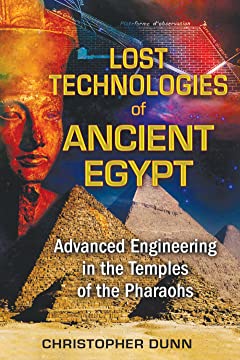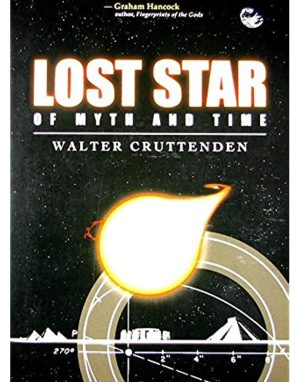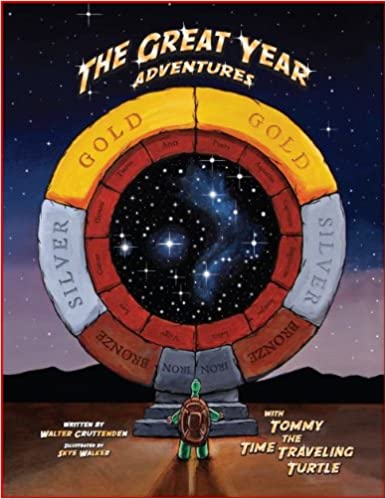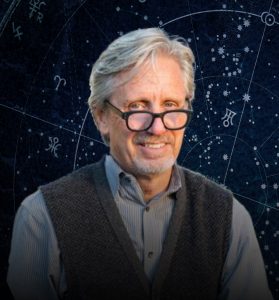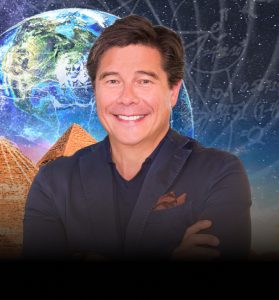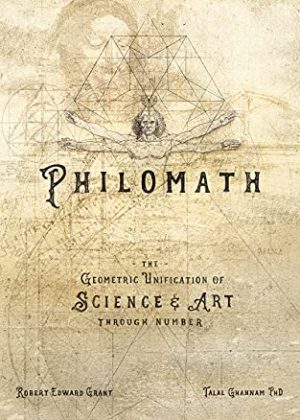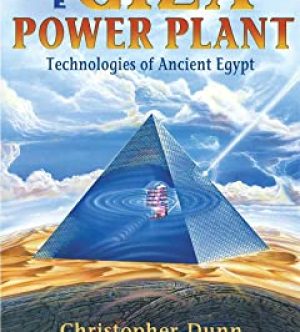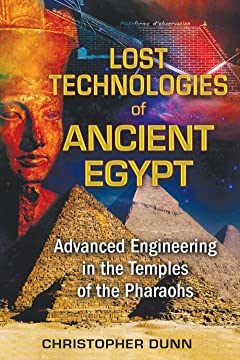POSTER SESSIONS
PRESENT YOUR WORK AT CPAK 2024
Poster Presentations at CPAK 2024
Have an idea that will help the world better understand the wisdom of ancient cultures or the cycle of the ages? If so, we invite you to make a poster presentation at CPAK 2024!
Poster presentations are a way to communicate your ideas in an academic forum. This year’s poster size will be 3′ by 5′ and will follow standard poster presentation guidelines of the major universities.
Space available for poster presentations is available on a first come first serve basis to any registered and paid CPAK attendee, subject to the approval of an abstract by the CPAK Poster Committee. The abstract should be no longer than 800 words and sent to the BRI address along with a $50 application fee no later than September 17, 2024. Be sure to include your contact information. Presenters of accepted topics will be notified by September 30, 2024.
Please send your abstract and $50.00 application fee to:
CPAK 2024 Poster Presentations
c/o Binary Research Institute
4600 Campus Drive, Suite 201
Newport Beach, CA 92660
Or email your abstract to
Filiberto J Mendoza
You will receive a link to process the payment fee, and, you will need a physical poster at the event.
Preference will be given to presentations in the following areas:
Ancient cultures, archeoastronomy, megalithic structures, myth and folklore, early calendar systems, ancestral ceremonies and traditions, anomalous artifacts, and the science and physics of consciousness or changes in consciousness over long periods of time.
Below is a Sample Abstract to use as a Formatting Reference
Cycles in Consciousness – An Ancient View by Walter Cruttenden
According to Giorgio de Santillana, the former professor of the history of science at MIT, over 30 ancient cultures believed consciousness would rise and fall over long periods of time. In his landmark work, Hamlet’s Mill, Giorgio and co-author, Hertha von Dechend, document how the myth and folklore of ancestral people describe a cycle of alternating “Dark and Golden Ages”. It was believed that in the higher ages, mankind’s consciousness was equivalent to a “demi-god or god,” whereas the lower ages would bring man back to his “mortal or material” state. Plato called this cycle “the Great Year”.
While historians recognize a classical Dark Age period, they do not recognize any prehistoric “Golden Age” as described by Hesiod and other ancient cultures. Consequently, most of us were taught this idea of a “Great Year” is just a fairy tale. However, new astronomical and archaeological evidence suggests the cycle may have some basis in fact. If true, an understanding of the ancient beliefs might provide insight into whether or not world consciousness has any cyclical aspect, and if so, where consciousness may be headed today.
The ancient view of world consciousness was tied to celestial motion. Interestingly, new research shows the body’s adaptation to the Earth’s diurnal motion is the major factor causing human awareness to move from a conscious state to subconscious state (sleep), and back to a conscious state again, every day. Likewise, we know that Earth’s annual motion around the Sun produces dramatic changes in the Earth, affecting the migration and reproduction pattern of billions of life forms, as well as the mood and adaptability of the human species. Thus, if there is another celestial motion as some ancient cultures believed, and some modern scientists suggest, then it is possible that this might affect life and consciousness on a broad yet subtle scale.
The hypothesis for how consciousness would be affected in such a celestial cycle builds on the work of Dr. Valerie Hunt, the former professor of physiology at UCLA. In several studies, she found that changes in the ambient EM field (produced by the Earth and the Sun) can dramatically affect human cognition and performance. In short, consciousness may be mildly affected by proximity to EM fields. Consequently, the theory behind the Great Year or cyclical model of consciousness and history, consistent with myth and folklore, is based on the motion of the Sun through space, subjecting the Earth to waxing and waning EM fields, resulting in the legendary rise and fall of the ages over great periods of time.
Join us at the next CPAK as we explore a few of the ancient myths about rising and falling ages tied to a modern astronomical motion and refine the hypothesis for how a change in proximity to stellar-generated energy fields might be the mechanism that induces cyclical changes in the Earth’s ionosphere, magnetosphere and possibly consciousness itself.
Walter Cruttenden is the Director of the Binary Research Institute, an archeoastronomy think tank located in Newport Beach, California. He authored the book Lost Star of Myth and Time (St. Lynn’s Press, Pittsburgh, Pennsylvania), and the award-winning PBS documentary, The Great Year, narrated by James Earl Jones. Walter is a frequent speaker at numerous conferences and radio programs and recently spoke on the subject of “Consciousness in Ancient Cultures” at UCI, UCSD, and the Conference on Precession and Ancient Knowledge.





